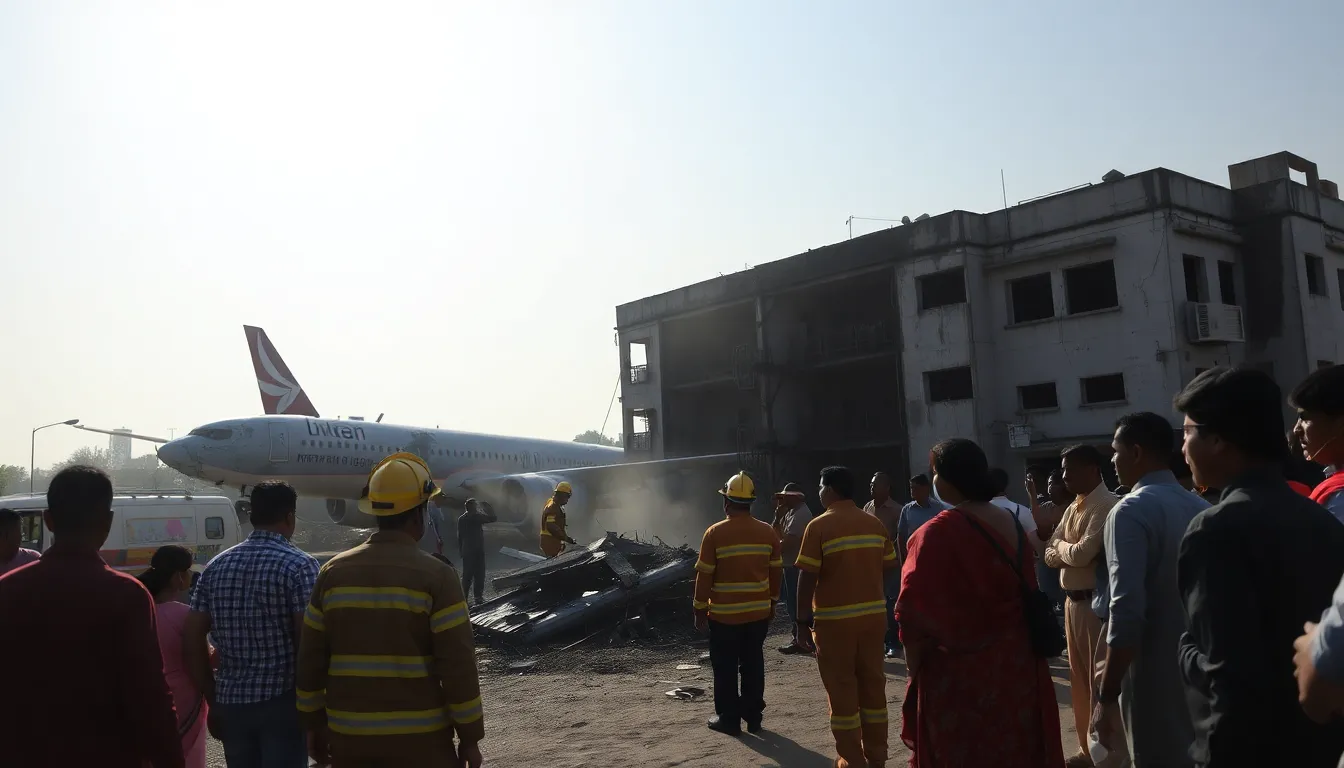On June 12, a tragic plane crash in Ahmedabad shocked the nation. An Air India Boeing 787-8 Dreamliner, on its way to London, crashed just 32 seconds after takeoff. Out of 242 people onboard, 241 lost their lives, including 30 people on the ground. Among the deceased were trainee doctors from B.J. Medical College. The only survivor was a 40-year-old British national, Vishwaskumar Ramesh.
The investigation team has made a significant breakthrough. They discovered that the RAT (Ram Air Turbine) activated shortly after takeoff. This device is designed to deploy in case both engines fail, indicating a serious problem occurred within 32 seconds of the flight.
The flight AI-171 departed from Sardar Vallabhbhai Patel International Airport in Ahmedabad at 1:39 PM. It had 230 passengers and 12 crew members, including 2 pilots. Among the passengers were 169 Indians, 53 British, 7 Portuguese, and 1 Canadian. Just seconds after takeoff, the pilot made a distress call, but communication was lost almost immediately after.
Eyewitnesses reported that the plane crashed within 32 seconds. Video footage shows that the aircraft failed to gain necessary altitude and began descending rapidly. It collided with a hostel building at B.J. Medical College, leading to a massive fireball.
This incident marks the first fatal accident involving the Boeing 787 Dreamliner, which has been in commercial service since 2011. The investigation will focus on the circumstances surrounding the RAT deployment, which could provide crucial answers about what went wrong during the flight.
The nation mourns the loss of life in this horrific tragedy. Families of the victims are seeking answers, and the investigation team is working diligently to uncover the truth. The aviation industry is also watching closely, as this incident could lead to changes in safety protocols and aircraft technology. The impact of this crash will be felt for a long time, both in the aviation community and among the families affected.


Leave a Reply